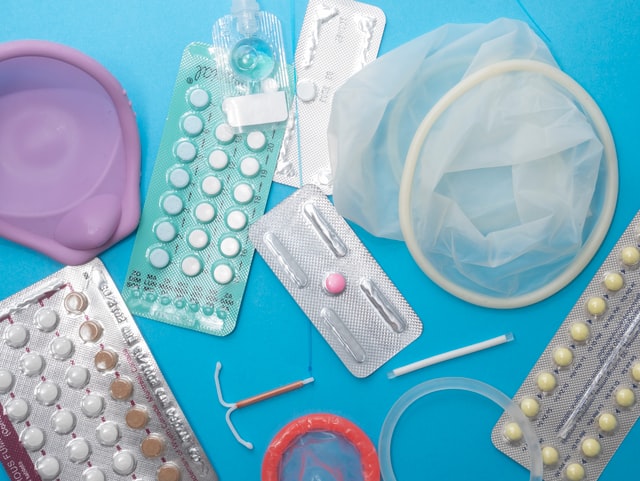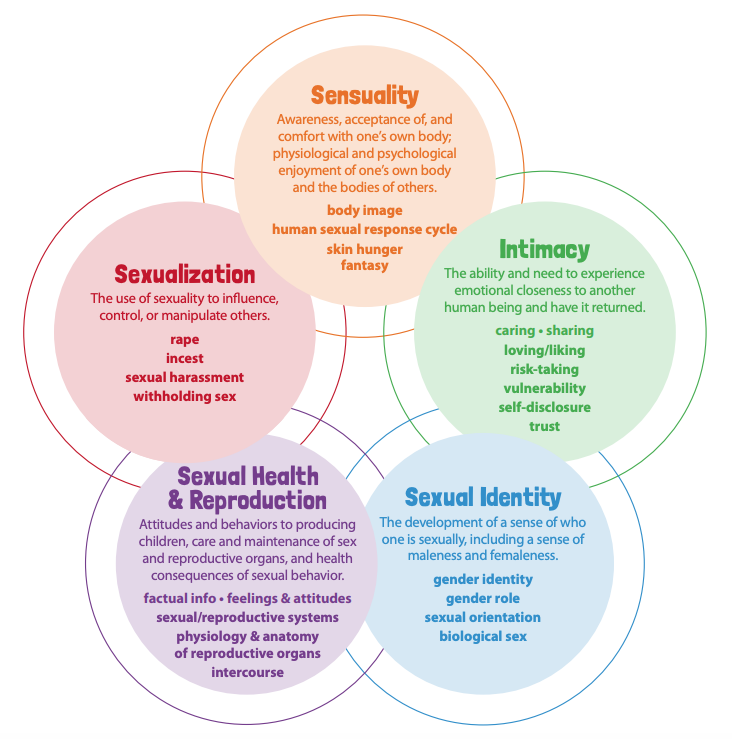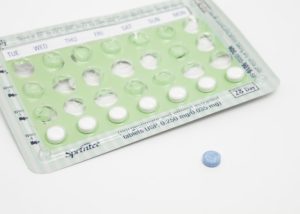
COS: Sexual Health & Reproduction
By: Riley Fortier, M.Ed.
CW: abortion, miscarriage/loss of pregnancy
Circles of Sexuality
The circles of sexuality were created by Dennis Daily in 1981 to show a more holistic approach to sexuality. Daily created this model for a strengths-based approach to social work for client’s sexual wellbeing. The “circles” or categories of sexuality are: sensuality, intimacy, sexual identity, sexual health and reproduction, and sexualization. The following categories and descriptions have been slightly adapted from Daily’s original 1981 framework. This blog is going to focus on the fourth circle of sexuality, sexual health and reproduction. To learn more about the other aspects of sexuality, check out my previous blog HERE.

Source: Prevent IPV
Sexual Health & Reproduction
Sexual health and reproduction relates to attitudes and behaviors towards the health and outcomes of sexual activity. Its components are:
- Sexual behavior
- Anatomy & physiology
- Sexually transmitted infections (STIs)
- Contraception
- Loss of pregnancy (natural or induced)
Sexual Behavior
Sexual behavior is how you choose to engage (or not engage) in sexual activities. This could mean type of behaviors (positions, kink/BDSM), who you engage with (solo, partner, group, gender), the frequency of sexual activity (hypersexual, disinterested in sex, or somewhere between the two), or anything else related to the act of sex itself (however you define it)!
Anatomy & Physiology
Anatomy is the parts that you have and physiology is the function of them and what they do in the body. When it comes to sexual health and reproduction, this is mostly focused on the reproductive system.
A typical female reproductive system includes two ovaries, a uterus, and a vaginal opening. This type of reproductive system is usually able to get pregnant (not all though!), which is where most of typical sex ed focuses on.
A typical male reproductive system includes two testicles where sperm is stored, and a penis. The sperm from this type of reproductive system can be used to fertilize an egg in a typical female’s reproductive system.

Source: Medical Daily
It’s important to note that genitalia, hormones, and other secondary sex characteristics vary from person to person. Intersex people are people whose genitalia, hormones, or secondary sex characteristics do not neatly fit into the general categories of “male” and “female.” There are various chromosomal combinations that can result in this. Studies show that intersex people are about as common as redheads (about 1-2% of the population). But, this number only reflects those who have been officially medically diagnosed and does not account for varying levels or hormones that may go undetected or not affect someone.
Sexually Transmitted Infections (STIs)
Sexually transmitted infections are infections due to genital contact. Herpes, chlamydia, and gonorrhea are some of the most common. STIs are not a moral judgment. You wouldn’t get mad at someone for getting a cold, would you? An STI is like a cold, but contracted through usually genital contact (genital to genital or genital to mouth).
If you are sexually active, it is recommended to regularly get tested for STIs every six months. Go over your positive or negative status with every new sexual partner to decide if there should be any boundaries or types of sexual contact that you decide are off limits.
If you think you have an STI, contact your PCP, OBGYN, or local clinic to get tested!
Contraception
Contraception is the methods to prevent pregnancy. Oral birth control, condoms (external AND internal), IUDs, implants, patch, ring, diaphragm, and others! There are both pros and cons to each, so make sure to talk to your doctor to see which method is right for you!
- Internal and external condom via Unsplash
- IUD via Unsplash
- Oral contraceptive via Unsplash
Loss of Pregnancy
Loss of pregnancy includes both spontaneous (miscarriage) or induced (abortion). Miscarriage occurs fairly frequently. One in four people will miscarry in the first three months of their pregnancy. There is still a lot of taboo and shame that can come from a miscarriage, and folks typically do not get the resources or support they need after a miscarriage.
Not everyone wants to become pregnant, and it is up to the pregnant person to decide what their healthcare looks like, including whether that includes an abortion.
More Info
Stay tuned for the next blog in this series titled, “Circles of Sexuality: Sexualization.”
Resources
Pregnancy Loss/Miscarriage:
http://www.miscarriagecare.com/uploads/1/2/1/8/121878451/early_pregnancy_loss_information_packet.pdf
https://www.chop.edu/resources/loss-resources














